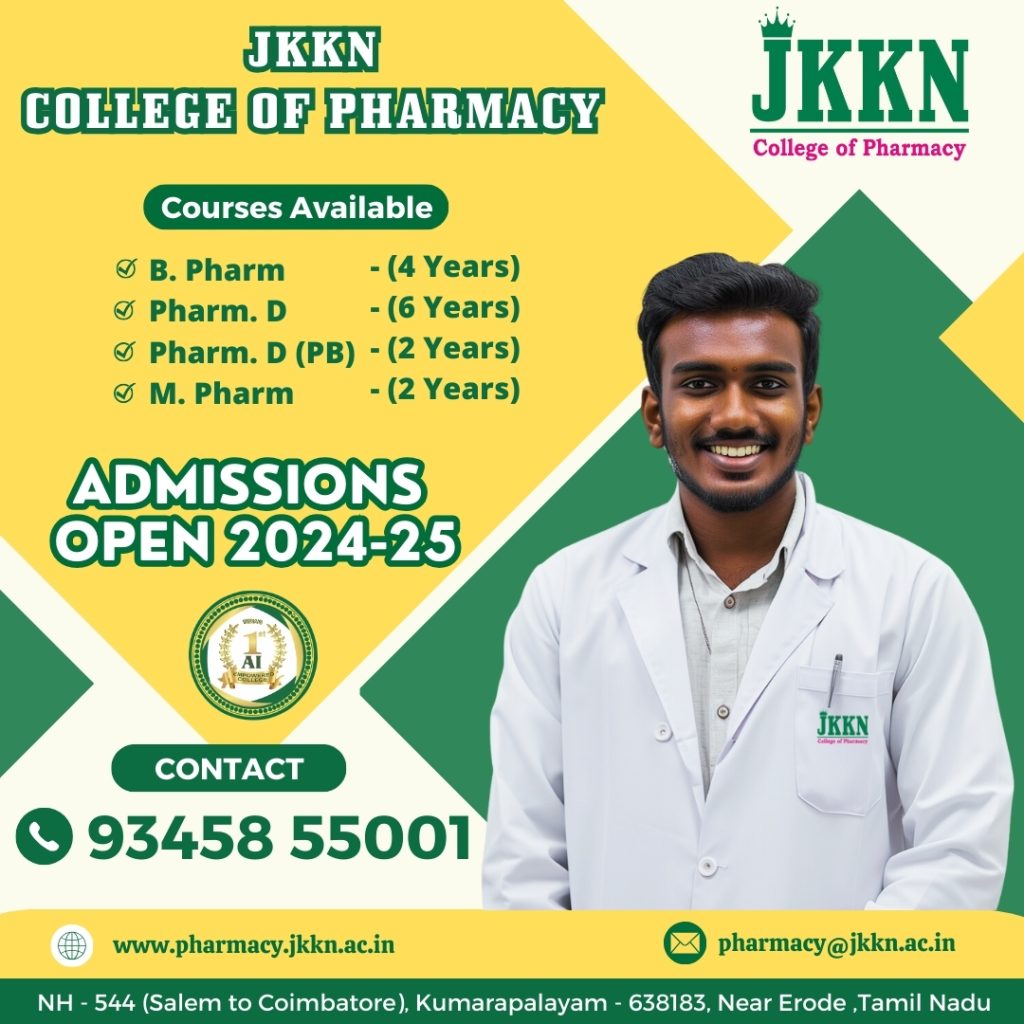B. PHARM I-SEMESTER/ PHARMACEUTICAL INORGANIC CHEMISTRY- THEORY
After a successful completion of the course the students will be able to
| Course outcome number | Course Outcomes | Cognitive level |
| CO1 | Explain the sources and types of impurities commonly found in pharmaceutical substances and the principles involved in limit tests for various impurities, including Chloride, Sulphate, Iron, Arsenic, Lead, and Heavy metals. | C1 |
| CO2 | Demonstrate an understanding of the properties and medicinal uses of inorganic compounds belonging to different classes, including acids, bases, buffers, and various pharmaceutical agents, behind their use in pharmaceutical formulations. | C2 |
| CO3 | Assess pharmaceutical formulations, including buffers, isotonic solutions, and dental products, while considering factors such as stability and tonicity. | C3 |
| CO4 | Analyze the mechanisms of action, classifications, and pharmaceutical applications of gastrointestinal agents and miscellaneous compounds and their significance in pharmacotherapy. | C4 |
| CO5 | Evaluate the role of radiopharmaceuticals in medicine, including their properties, safety precautions, storage conditions, and pharmaceutical applications. | C5 |
Remembering (C1), Understanding (C2), Applying (C3), Analyzing (C4), Evaluating (C5) and Creating (C6)
PHARM /PHARMACEUTICAL INORGANIC CHEMISTRY PRACTICAL/
I YEAR
After a successful completion of the practicals the students will be able to
| Course outcome number | Course Outcomes | Psychomotor Level |
| CO1 | Describe the procedures for conducting limit tests for Chlorides, Sulphates, Iron, Heavy metals, Lead, and Arsenic, as well as the modified limit test for Chlorides and Sulphates. | P1 |
| CO2 | Demonstrate a comprehensive understanding of the principles and rationale behind the limit tests and identification tests conducted for various inorganic pharmaceutical substances, including the reactions involved and their significance in quality control. | P2 |
| CO3 | Apply their knowledge to conduct limit, identification, and purity tests accurately and efficiently, adhering to safety protocols and quality assurance standards. | P3 |
| CO4 | Analyze the results obtained from the limit tests, identification tests, and purity tests, interpreting their implications for the quality and purity of pharmaceutical substances, and potential areas of improvement in the testing procedures. | P4 |
| CO5 | Evaluate the reliability and validity of the test results obtained during the practical experiments, whether the inorganic pharmaceuticals meet the required quality standards and regulatory specifications. | P5 |
Imitation (P1), Manipulation (P2), Precision (P3), Articulation (P4) and Naturalization (P5).


